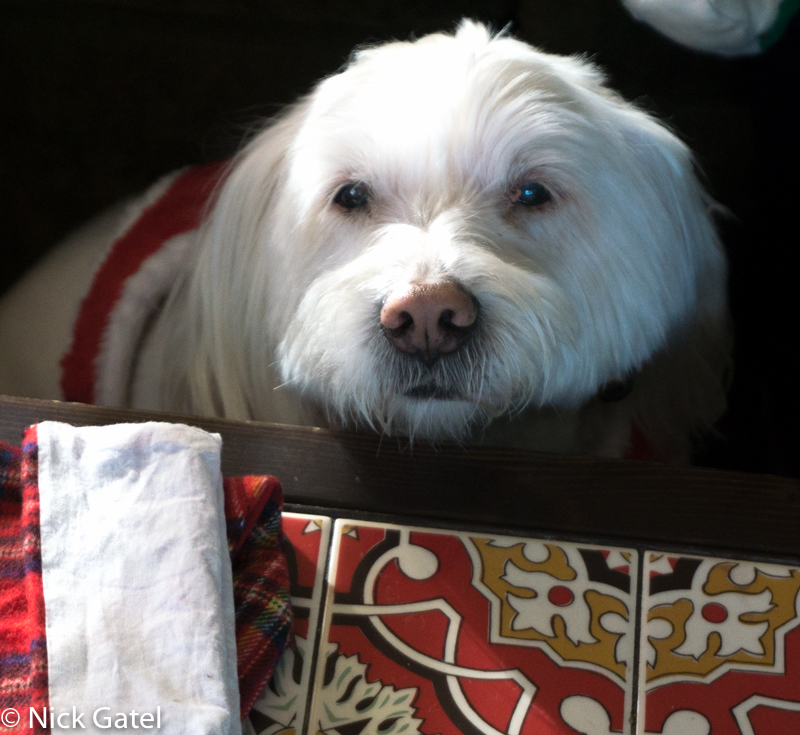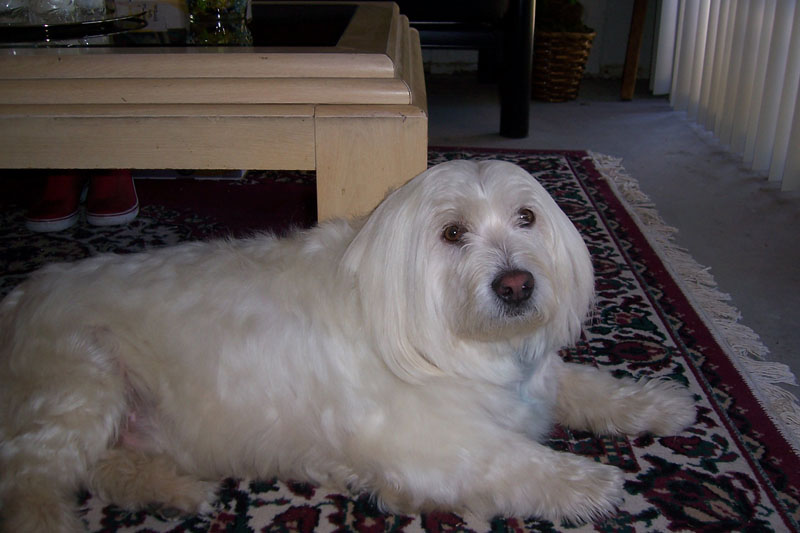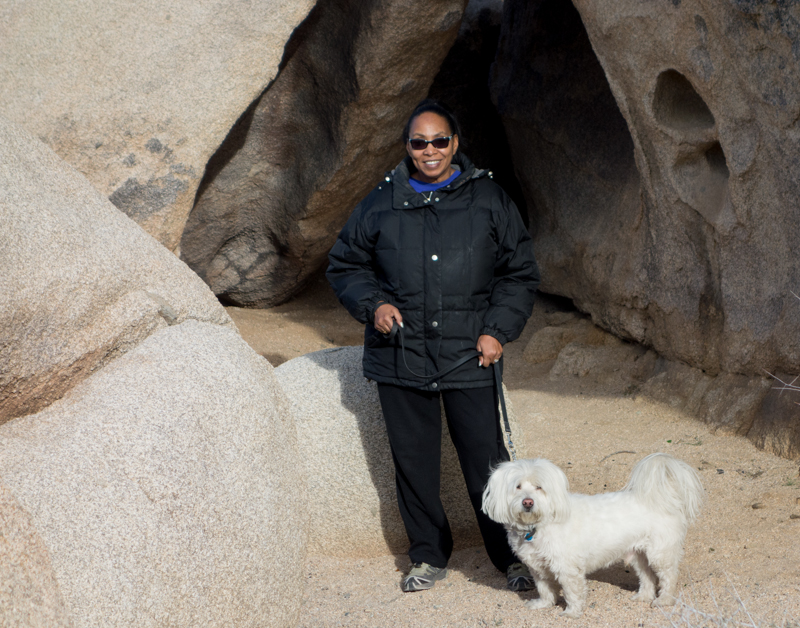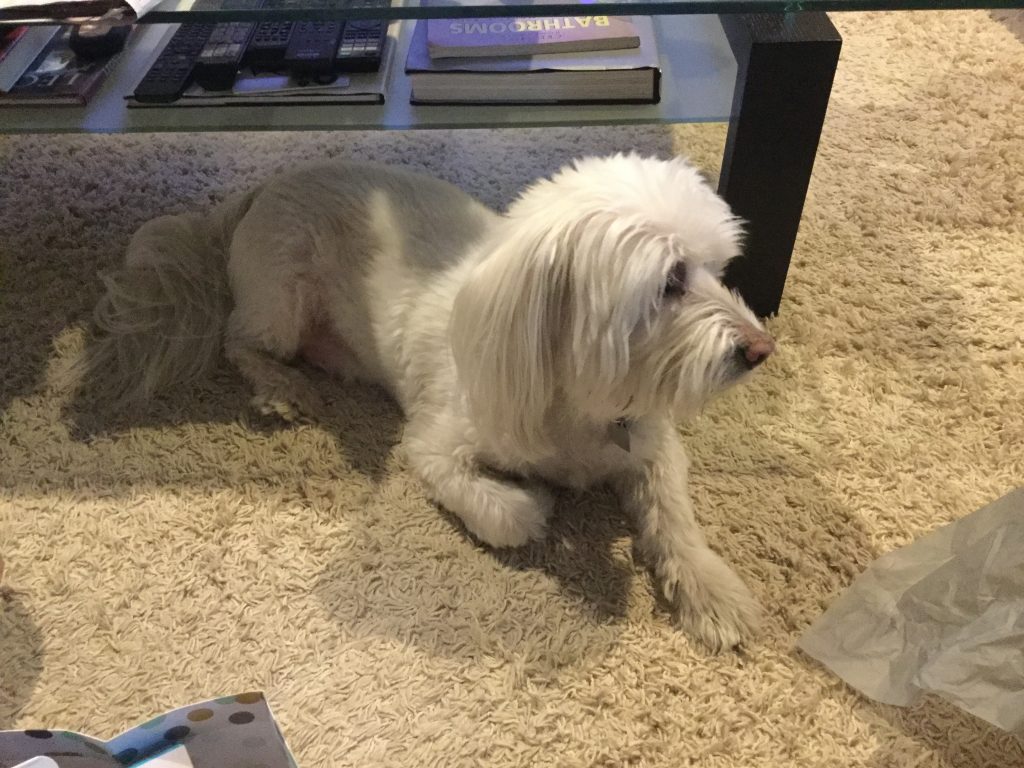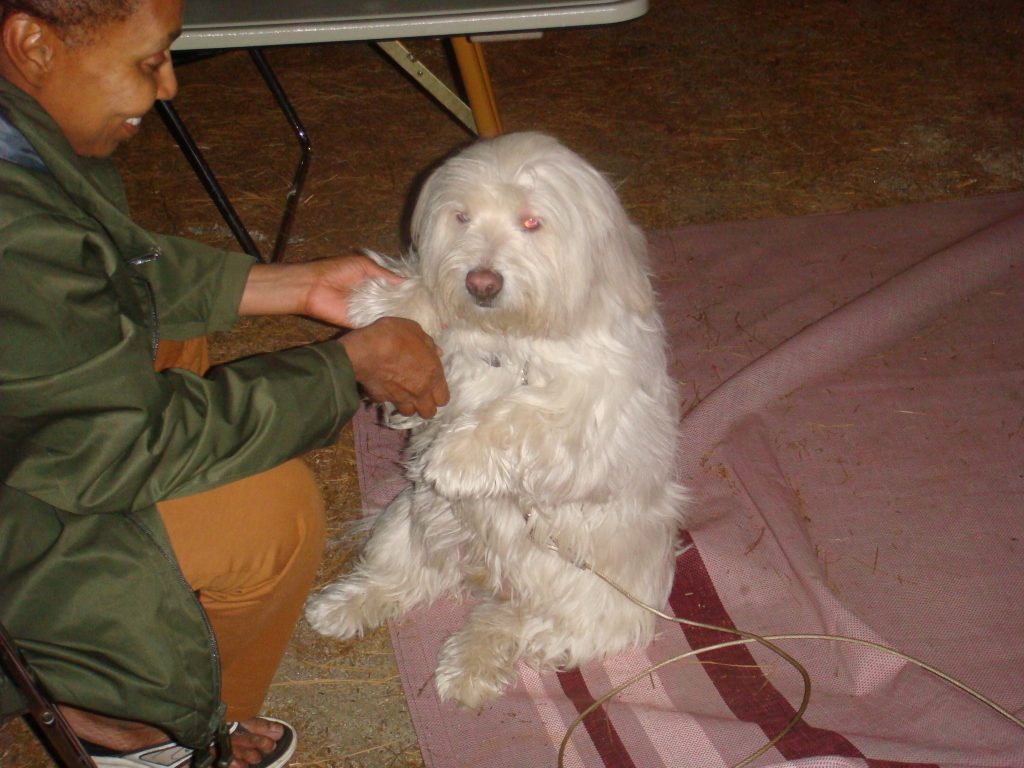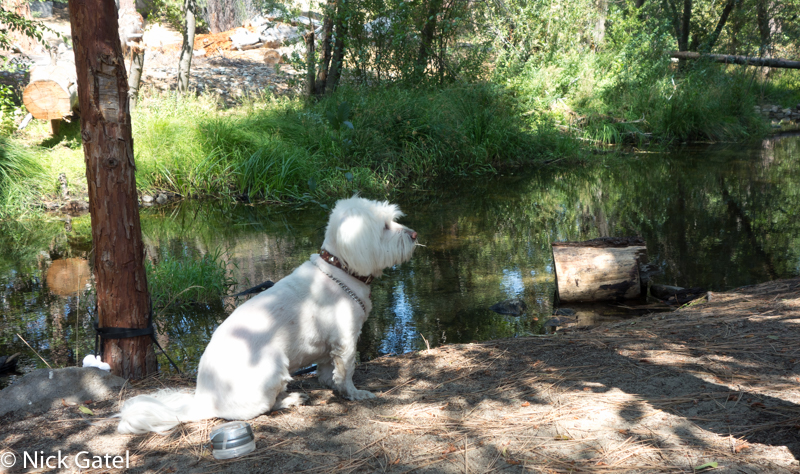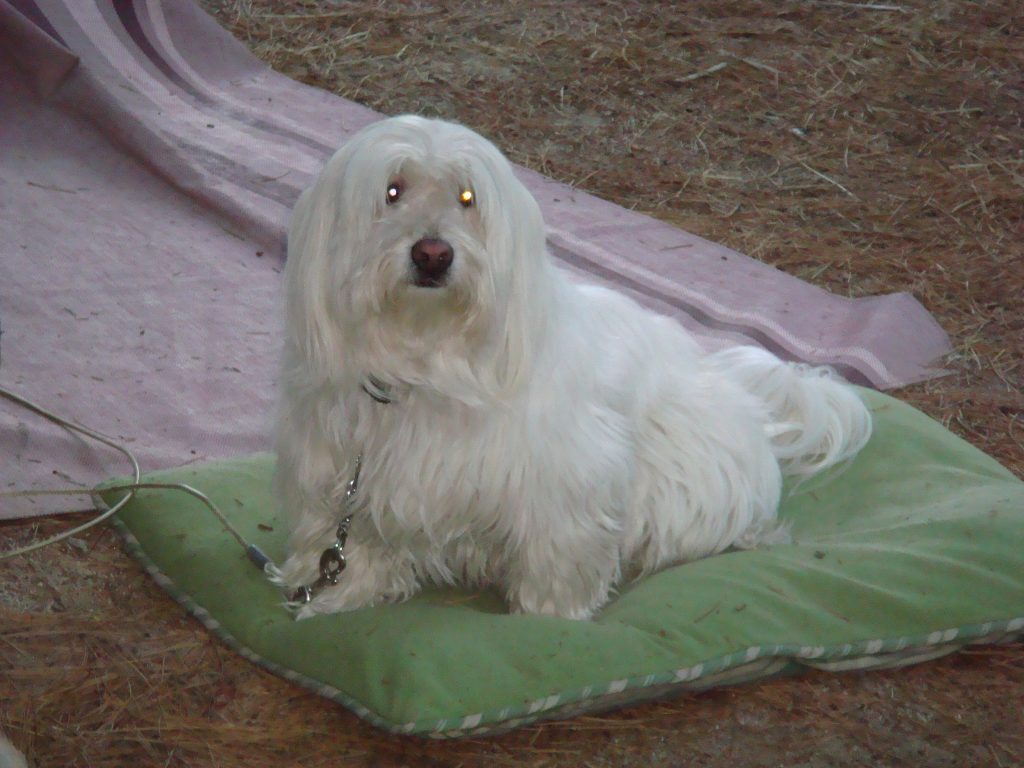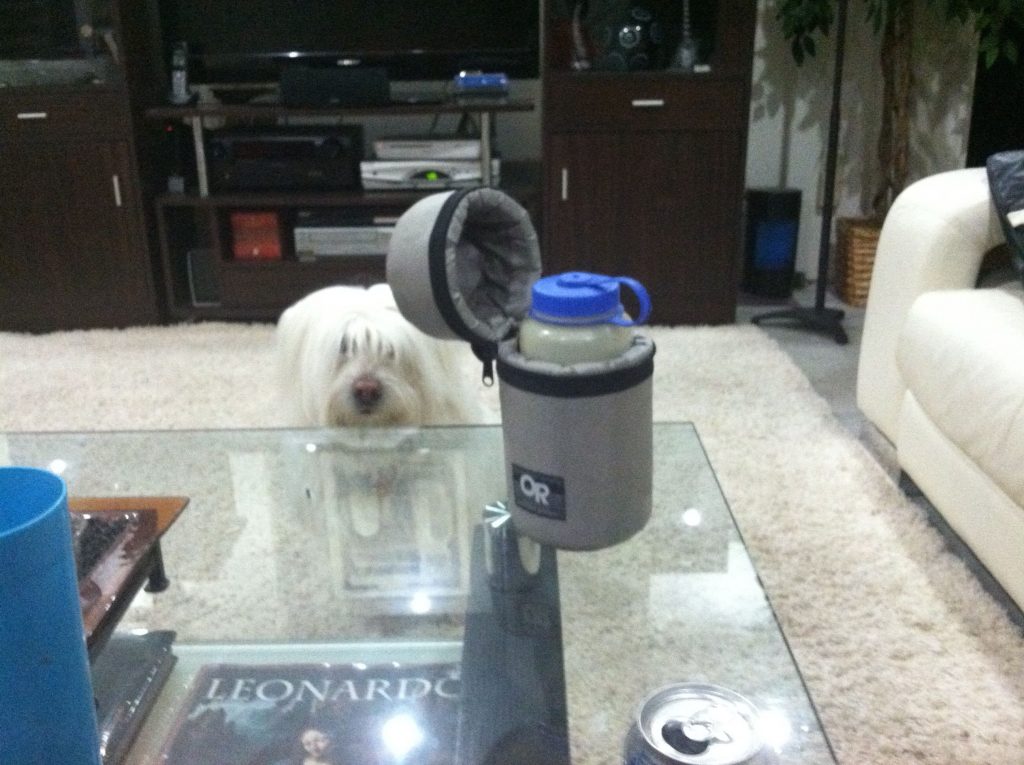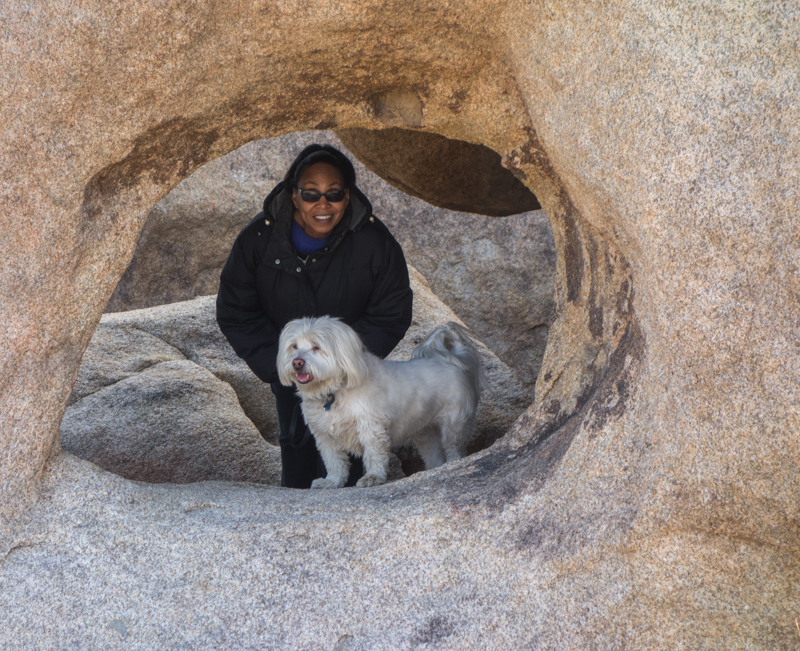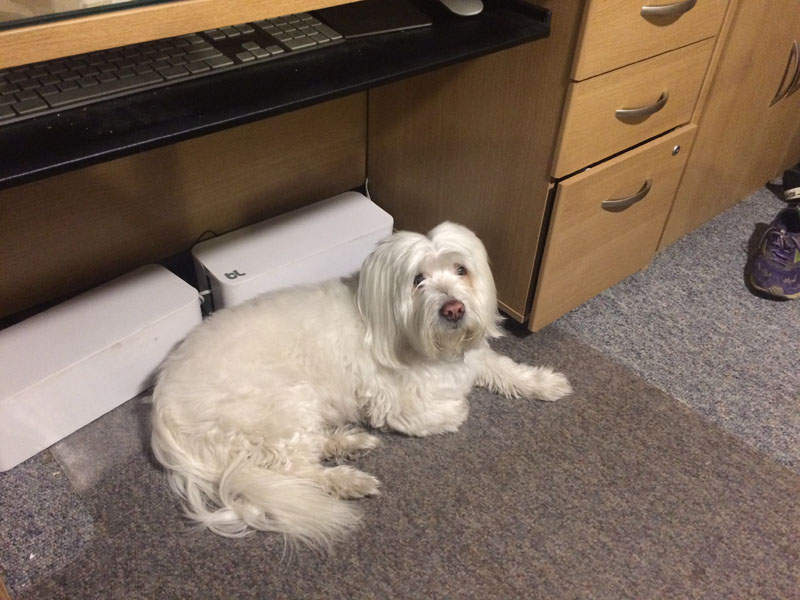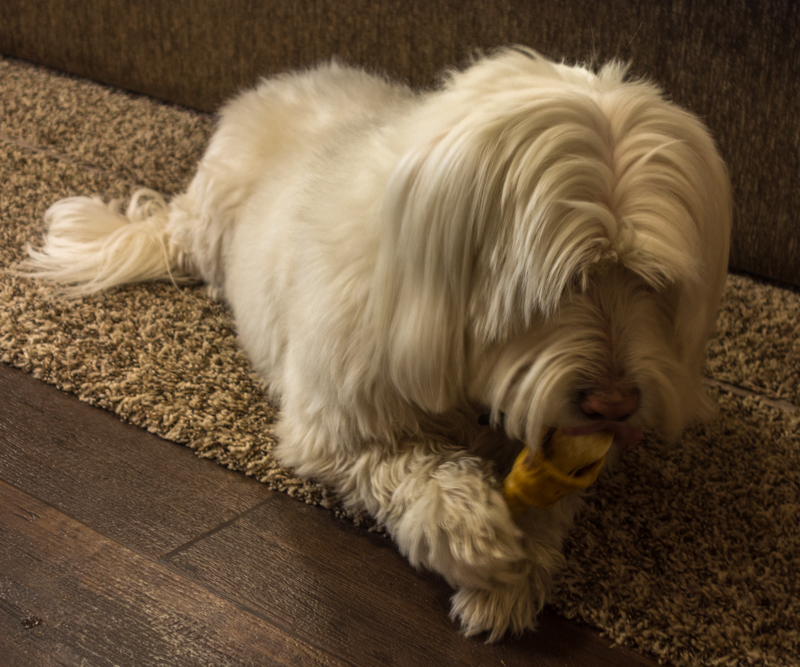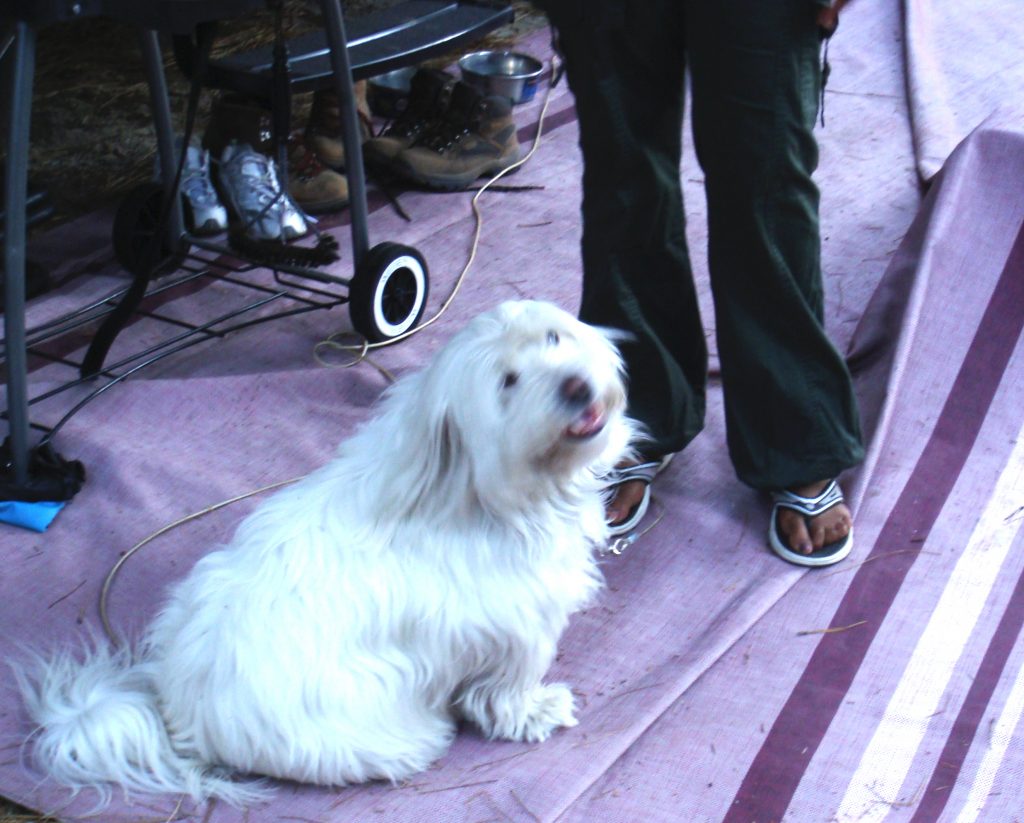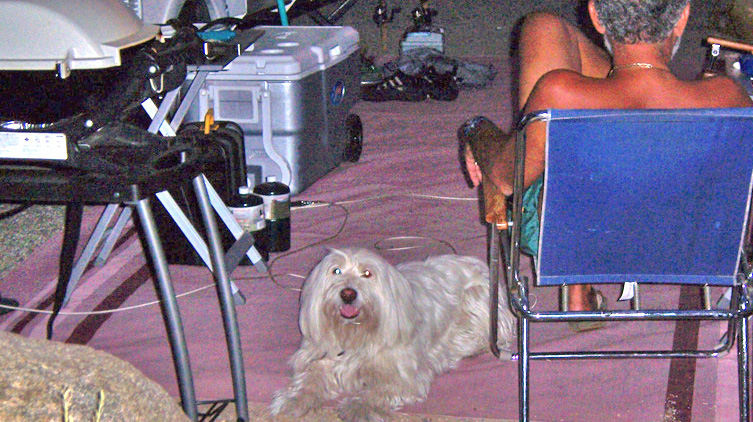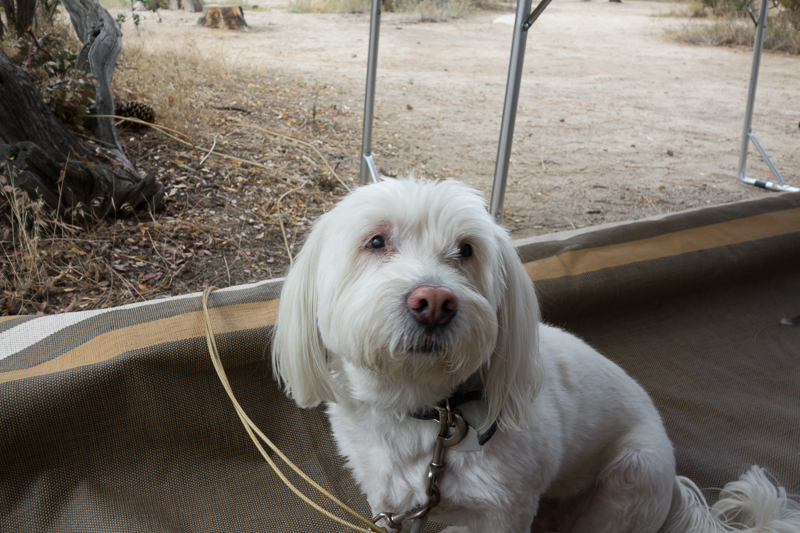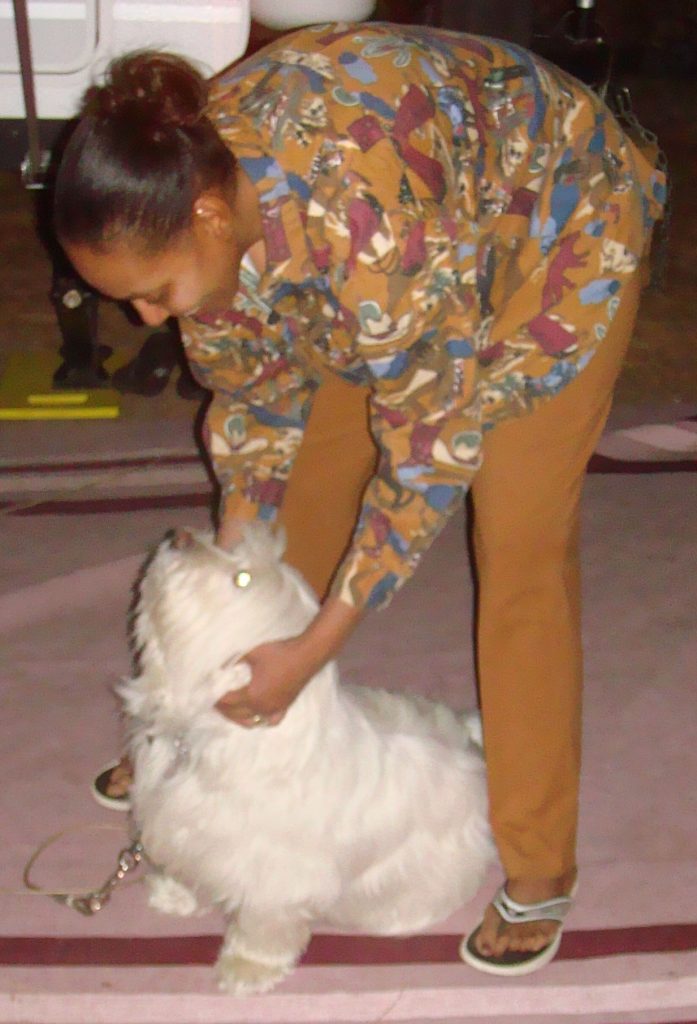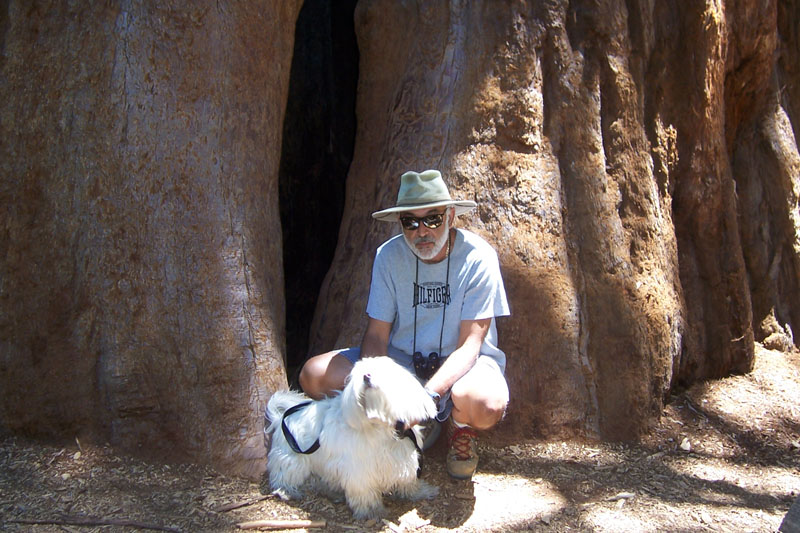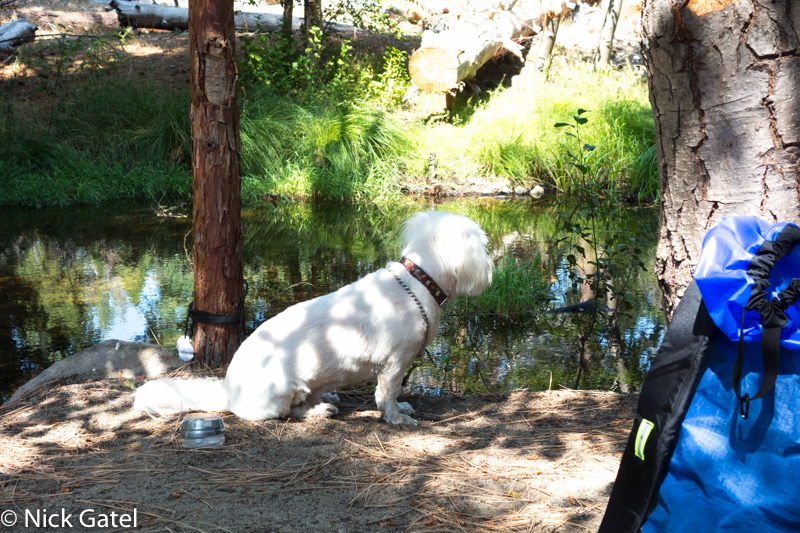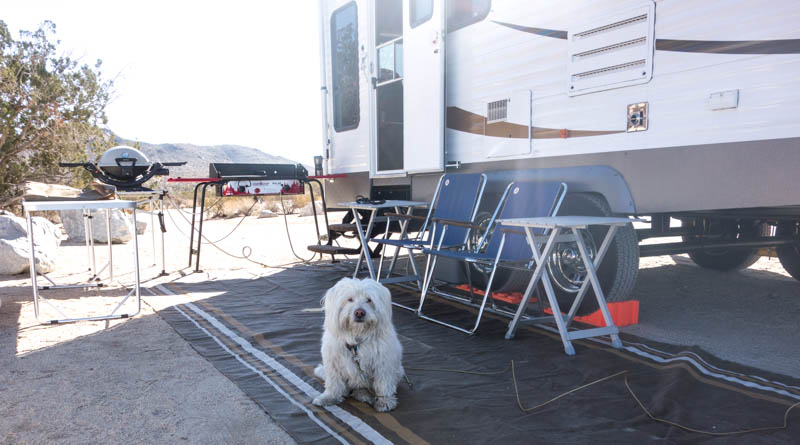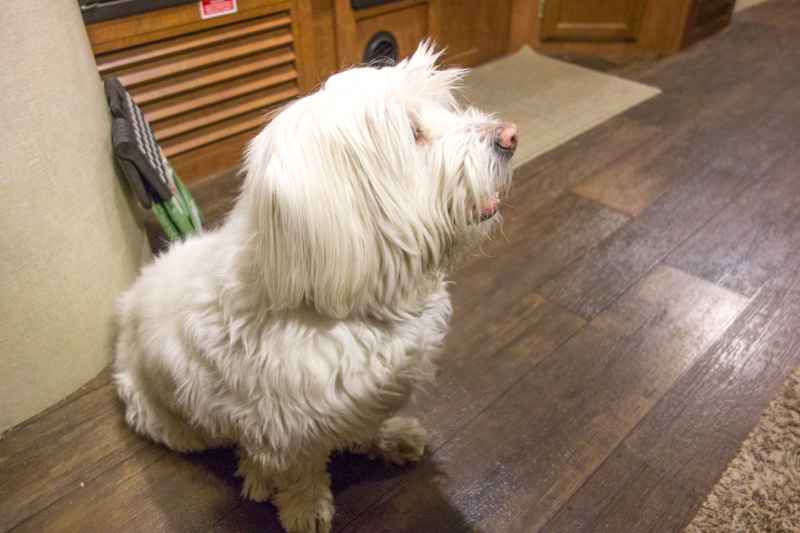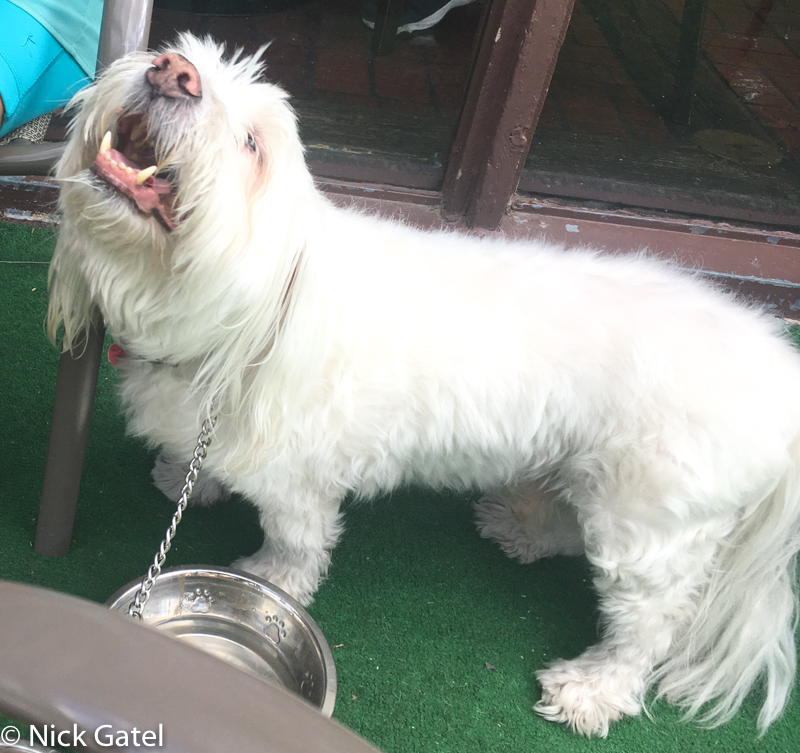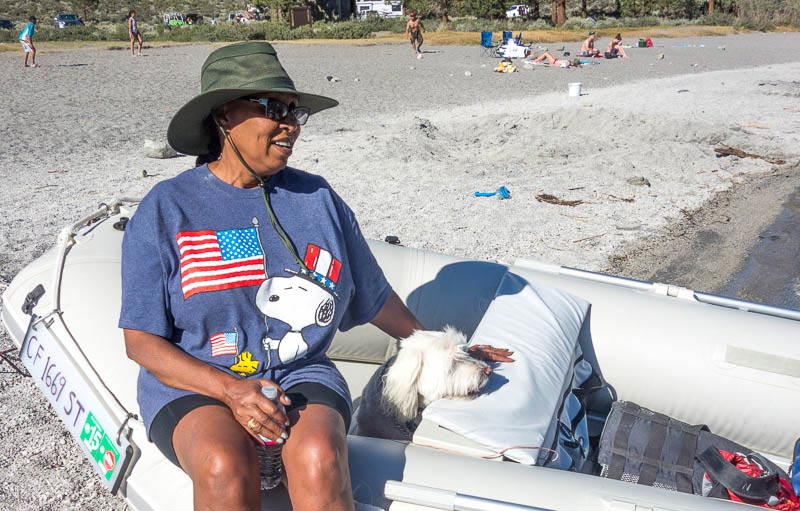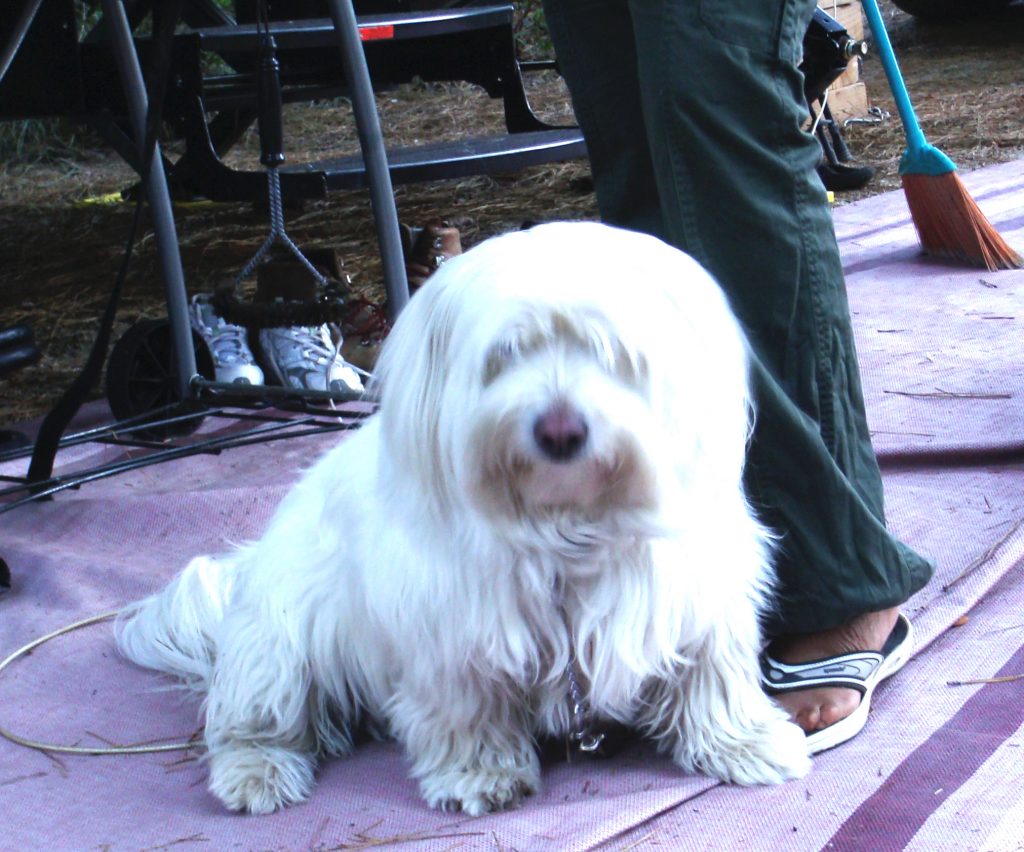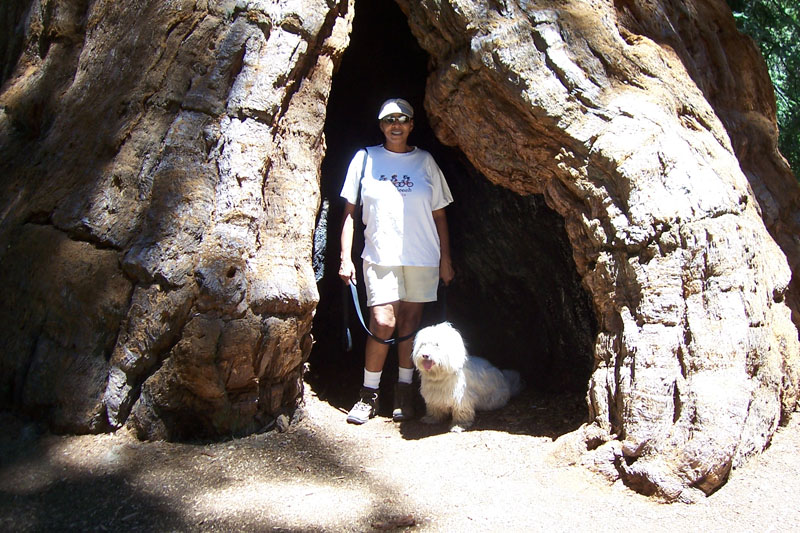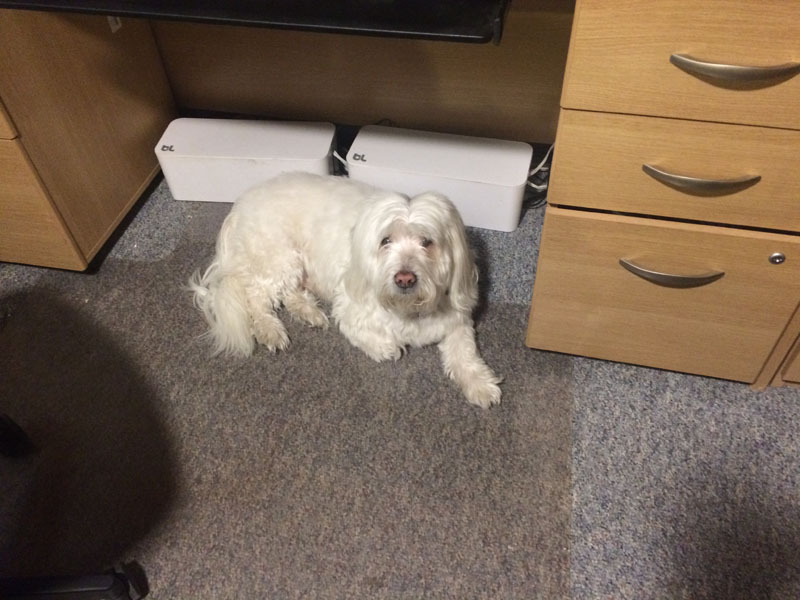
Corky passed away almost a month ago on June 3, 2019, at 12:05am. He was born on August 11, 2003. I have been in kind of a funk for the past couple of months. He really started to decline at the beginning of May. The past month I have been generally unmotivated to complete tasks, especially to work on our house.
I am writing this for me, but you, the reader, are welcome to read along.
I wrote about Corky at length last year in this post but there are many little things I did not capture and this exercise may help me to reminisce and retain those memories for the future, as memories do fade as we get older. Plus all of this is part of the healing process to deal with our sadness.
Winning the Lottery
Corky, who was a Tibetan terrier, was a rescue dog. That is, we got him from an animal shelter and we were his second owners. After we had owned him for a few years, a couple of our young relatives jokingly mentioned that Corky had won the lottery, that is, he was chosen by the best possible “parents” and was now living the good life.
Their observation was only half true. We had also won the lottery.
On Death and Dying
I am no stranger to death. As we get older, we more frequently see it, we mourn it, and we move on. And when we get older, most of us think about it more often. For me, when I turned 60, the fact that my life is on an accelerated path to the last end struck me, not as something to fear or of thoughts of things to regret, but just the obvious — that sooner than later has arrived.
Anthropomorphism and Codependency
So how can the death of a pet, especially a dog, be so devastating? Let’s face it, dogs aren’t that intelligent. They aren’t as smart as their owners think they are. Even though they are among the most intelligent of animals, their intellect is comparable of a child of around 2 years of age. Here’s a graphic from Psychology Today comparing the emotional growth of dogs and children.
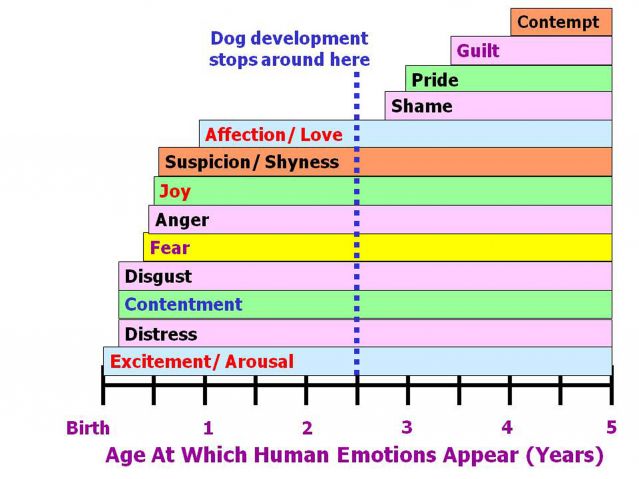
What do these categories of emotions really mean? Most of us will probably have a similar definition. But language is a murky skill. The fourth century theologian Hilary of Poitiers wrote,
“The meaning of what is said is according to the motive for saying it, because things are not subject to speech, but speech to things.”
For example, years ago I caught Corky in the flower bed, where he was not allowed to go. I caught him on camera and it is one of our favorite pictures of him.
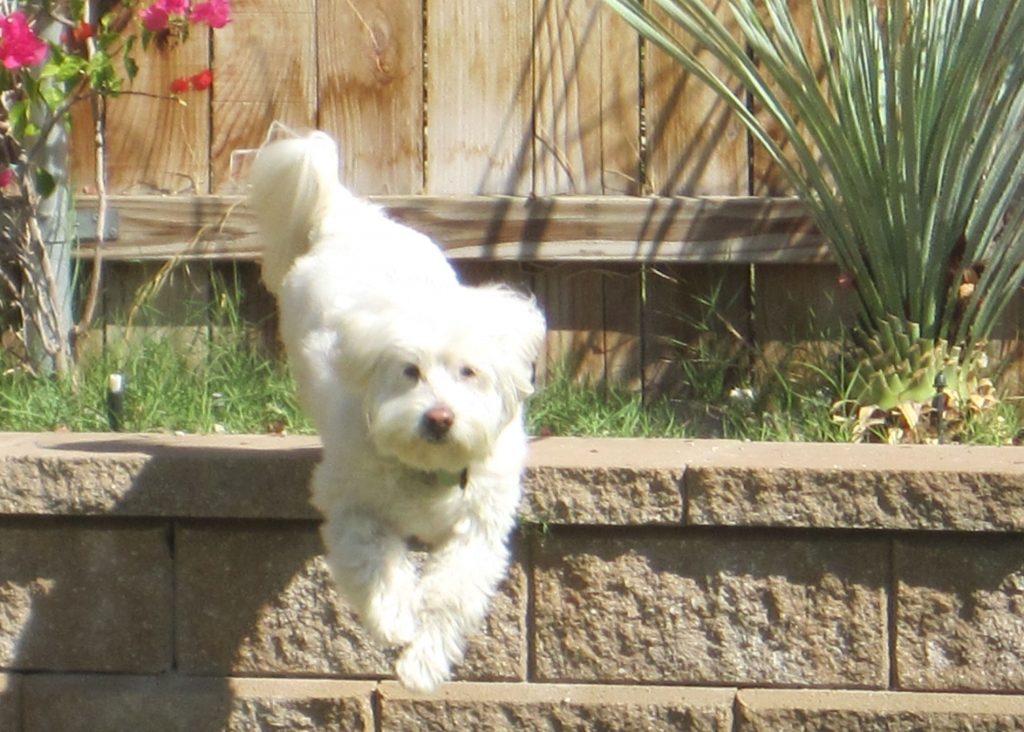
As soon as he saw me, he jumped. I did not have to call out. He knew he wasn’t supposed to be there, but his reaction wasn’t one of guilt, but a simple fear of punishment. (The reason we didn’t want him to go there was the chance of a rattlesnake encounter).
You will notice that happy isn’t listed in the chart at all. The article doesn’t discuss happiness as an emotion or otherwise. When we see a baby smile or a dog wag its tail, we often say they are happy. But happy isn’t an emotion. It is the end result of an action, an action to a desired end. It takes a degree of intellect higher than an animal or young child to achieve happiness. As a matter of fact, happiness wasn’t even in the vocabulary of the ancient Greeks, such as Aristotle. Yet, English translations frequently use “happy” in his texts. “Happy” is an interpretation of Aristotle’s use of the term, “to live a good life.” Living a good life is something only humans can construct, and it certainly isn’t an emotion.
When we assign human traits, thoughts, goal oriented actions, or emotions to dogs or other non-humans, we call it anthropomorphism. But humans and dogs do not connect on an intellectual level; we connect on the emotional level equivalent of young children.
Corky was a rescue dog, and that experience created what we might call “separation anxiety.” He did not like being left alone at home. One of the reasons we got him was for protection and companionship for Joyce when I would go on business trips. Being an organized person, I would pack the night before a trip and leave my luggage by the front door.
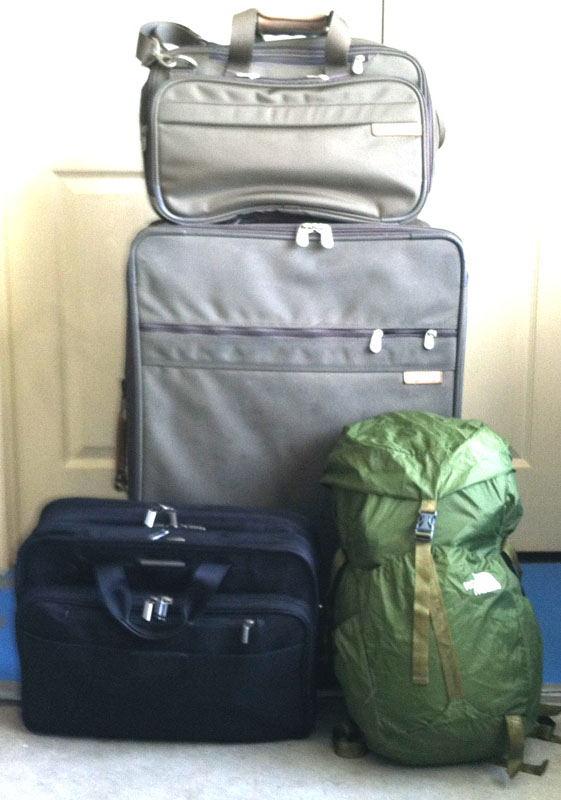
Seeing the luggage, Corky knew I would be leaving for a few days and he would lie down and “pout.” It would have been inappropriate for our relationship to give in and stay home with him, for it would have fostered a codependency problem. It a similar vein, he was never allowed to get on the couch or on our bed.
I will admit that we rarely (other than my business trips) traveled without him or left him for extended periods of time. But we didn’t get a dog to leave at home or in a kennel, although we did take a few trips and boarded him in a kennel.
The bond between dogs and people is founded in the fact that both of us are social animals. Sometime, thousands of years ago, dogs and humans joined together for mutual benefit.
We Didn’t Domesticate Dogs. They Domesticated Us.
Here’s an interesting article from National Geographic. The premise is the ancient relative of the domestic dog actually approached man for a relationship between both. A few brave wolves, who lived on the outskirts of human settlements, came into camp and made history. It’s an interesting theory, but either way, the two social species engaged each other. How the relationship began doesn’t matter, the result does. The result of this coexistence connected us with Corky and we have many fond memories of our lives together.
Memories
Given that I often would be at home for long periods of time, often weeks or months when working out of my home office, I probably spent more time with him than Joyce. However, Corky wasn’t preferential toward me.
Bedtime
When I was be traveling on business, Corky would sleep lengthwise in the bedroom doorway. When I was at home, he would sleep on Joyce’s side of the bed. He was more protective of her. Joyce and I used to play this little game between the three of us. If I went to bed first, I would try to get him to follow me into the bedroom, and he would refuse, preferring to lie on the living room floor with Joyce close by. If we went to bed at the same time or if Joyce went to bed first, he would follow her without being asked or coaxed. Perhaps there was a little bit of jealousy between Joyce and me over this.
Where’s Corky?
Usually when we were both at home, Corky would lie in the most comfortable spot, often not near us. If he was hot he would head to the hallway near the bathroom, where the cement floor was cool. In colder weather sometimes he would lie in his bed or other warm spot, but rarely would he spend the night in it unless we put it in the bedroom. The same would go for those days I was at home and Joyce was at work. He would find the most comfortable place to lie down… sometimes it was the doorway of my office, but usually in the living room. He almost never sat or laid close to me in the office, unless I was eating something… then he would be right there begging, which usually was a fruitless endeavor for him. There was one exception –
Thunder!
Like most animals, who don’t understand thunder and lightning, he was petrified of loud noises, like thunder. He would crawl under my desk and look at me, waiting for me to make it go away, I suppose.
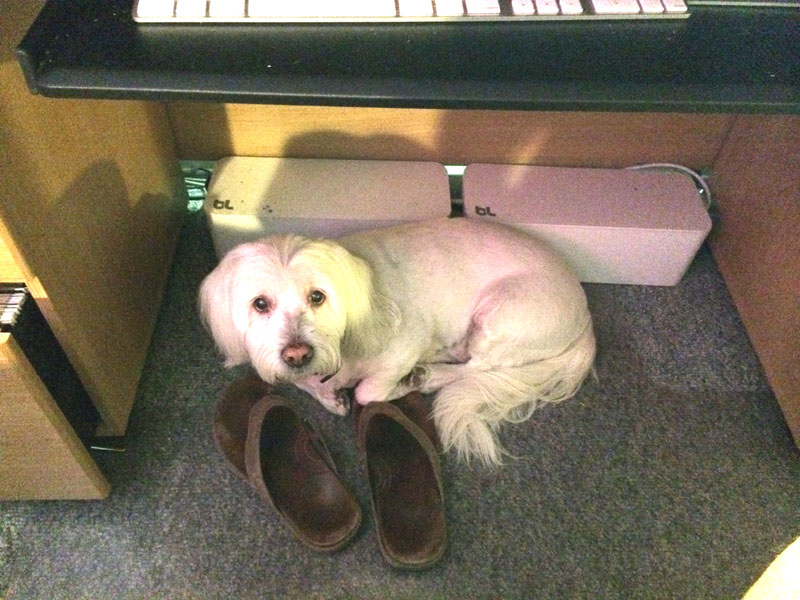
Along with the noise of thunder, he hated the noise of our gardener’s equipment. He wouldn’t hide, but would go to the door and bark constantly. Corky only bit one person in all the years we owned him. One day the gardener was next door and he rushed over and bit him. Fortunately it wasn’t a serious real bite, just a nip. The last couple of years, he got to the point where he just ignored the gardener.
A Sense of Direction
There are so many stories of dogs traveling great distances to return to their human owners (Lassie comes to mind). It is true they have a great sense of direction and they don’t need an iPhone or GPS to navigate! We often took Corky on hikes… like on every single camping trip.
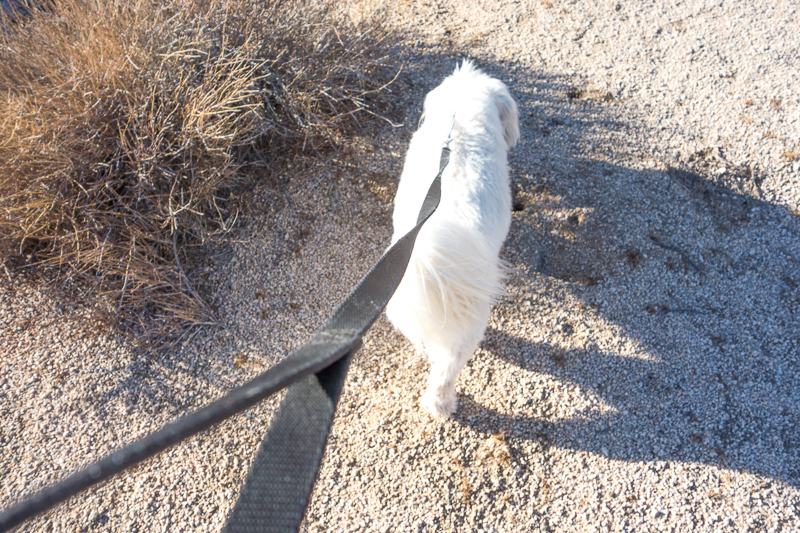
One day, while camping in the desert, we hiked a couple miles on a trail and it didn’t long for our campsite to disappear from view, hidden by small valleys and large rock formations. As a test, we let him guide us back since it was dinner time. He immediately went off trail, walking in a direct line towards our camper. He led us around rock outcroppings, large shrubs and soon we were back in camp, following him every step of the way.
Corky’s sense of where he was was uncanny. Usually when we drove home from a camping trip, or any road trip, he would lie on the back seat and sleep. But as soon as we were near our housing tract, he was up and looking out the window. If we drove to the local dog park, he would get excited when we got within a block or two of it. One the other hand, he would get stressed when we approached the dog groomer of seminarian’s office – two places he had no interest in visiting.
Play Time
Corky didn’t care much for playing, he preferred to be brushed and petted. He ignored any plastic toy, but relished ripping apart stuffed animal toys, leaving the stuffing all over the house. No interest in a Frisbee, but his favorite toy was the simple tennis ball. He would chew them until they popped and then leave it on the floor.
He did enjoy his version of “fetch,” especially in the camper. We would toss a tennis ball to the far end of the camper and he would chase it, sliding to a stop and bring it back. This would last for 4 or 5 tosses, then he would bring it back half-way, stop, and slowly roll it back towards us, but not all the way. Unless we got up and retrieved the ball, he was done playing. If we got the ball, he would continue for another 4 or 5 tosses. I guess he trained us.
Two Major Dislikes
Corky didn’t like water. Baths, lakes, or rivers were things to be avoided. Once in a great while, if it was hot, he would jump into water when we were hiking. The first time he did, back in 2007, was a shock to us.
The other thing he disliked was to be picked up. He didn’t care to sit in our laps, and especially didn’t want to be picked up. The last couple of years it was kind of frustrating because he was so stubborn. He could no longer jump into the back seat of the SUV or jump up the steps to the camper. He wanted to do these things, but wouldn’t let us help him. I finally bought a folding plastic ramp and it was a compromise… he didn’t care for the ramp either, but reluctantly used it.
Heading Towards the End
At the beginning of this year, his eyesight had deteriorated and he was nearly blind. But he could navigate in the house and on most of our walks. I just had to be careful of parked cars on the street; he would walk into them sometimes. But he always knew where he was. Our walks became shorter and shorter, and we stopped going camping since it was becoming too difficult for him. Soon, he couldn’t (or wouldn’t) walk around the block. Then to the corner and back was too far. Eventually most walks were out the front door to the street, turn left to the driveway, and circle back to the house.
But he wasn’t in any discomfort and his appetite was normal.
In mid-May it became difficult for him to walk or stand to eat or drink water. His legs would splay out unless we helped him along.
End of Life
In our culture, we often put animals to sleep when they are approaching the end of their life, and when we do; they have no choice in the matter. Of course they have no conception of choice. But if a human wants to end life and avoid suffering we do not let them make that choice and carry it out. This seems to be a contrary approach. I am not advocating either way, but we had to make a choice for Corky. Since he was alert, not in pain, and continued to interact and communicate with us, we let him live. Since we were at home full time, we provided full time care, and he responded well. He began to let us pick him up, communicating when he wanted to go to his food or water dish. He often wanted to lie on our laps and enjoyed daily brushings. Joyce was an angel, bathing him often and even putting on and changing diapers, since it was too difficult to walk outside. Those were the final days, our family of three spending so much time together.
The last night, his breathing became heavy, although he ate a regular meal. But we knew the time was near. Joyce had a doctor’s appointment the next day and went to bed at 11:30. I took over watching over him. Then he looked at me, gave out a big sigh, whimpered, and died, 35 minutes after Joyce went to bed.
I woke her up and she wanted to clean him up and brush him one more time. We wrapped him in his favorite blanket, and placed him in his bed next to the fireplace.
The next morning while Joyce was at the doctor I dug his grave. I wanted to do it right. Four feet deep, and three feet wide by 5 feet long. It was hot outside, and the work seemed to help alleviate some of the grieving. When Joyce returned back home, we laid him in his grave, and both of us, as a team, shoveled the dirt back into the grave. Joyce bought a little statuette to place on his grave.
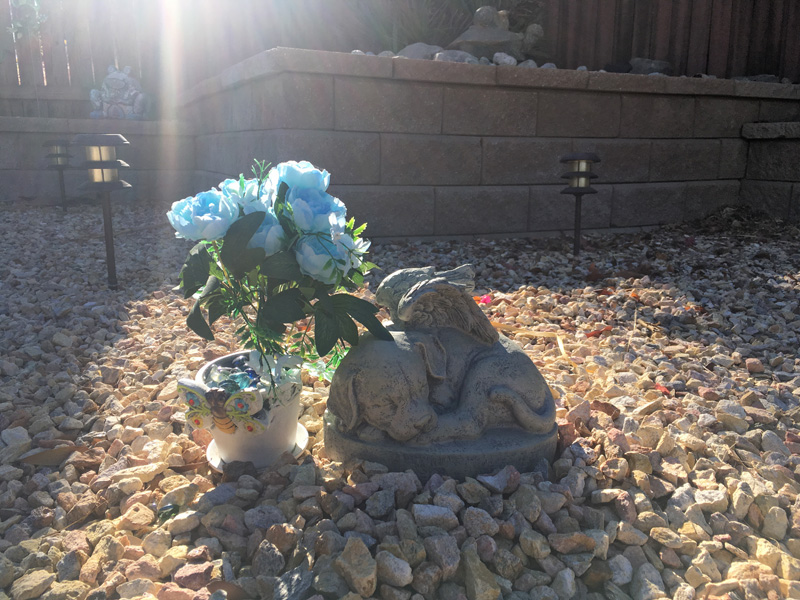
I am happy with everything we did. Corky is in our backyard and every time I go outside, I look at his grave. Sometimes I sit on the wall near it and reminisce about all the good times all of us had.
Now, it is finally time to get back to some semblance of a normal routine. Corky enriched our lives and hopefully we did the same for him.
He is gone, but not forgotten.
